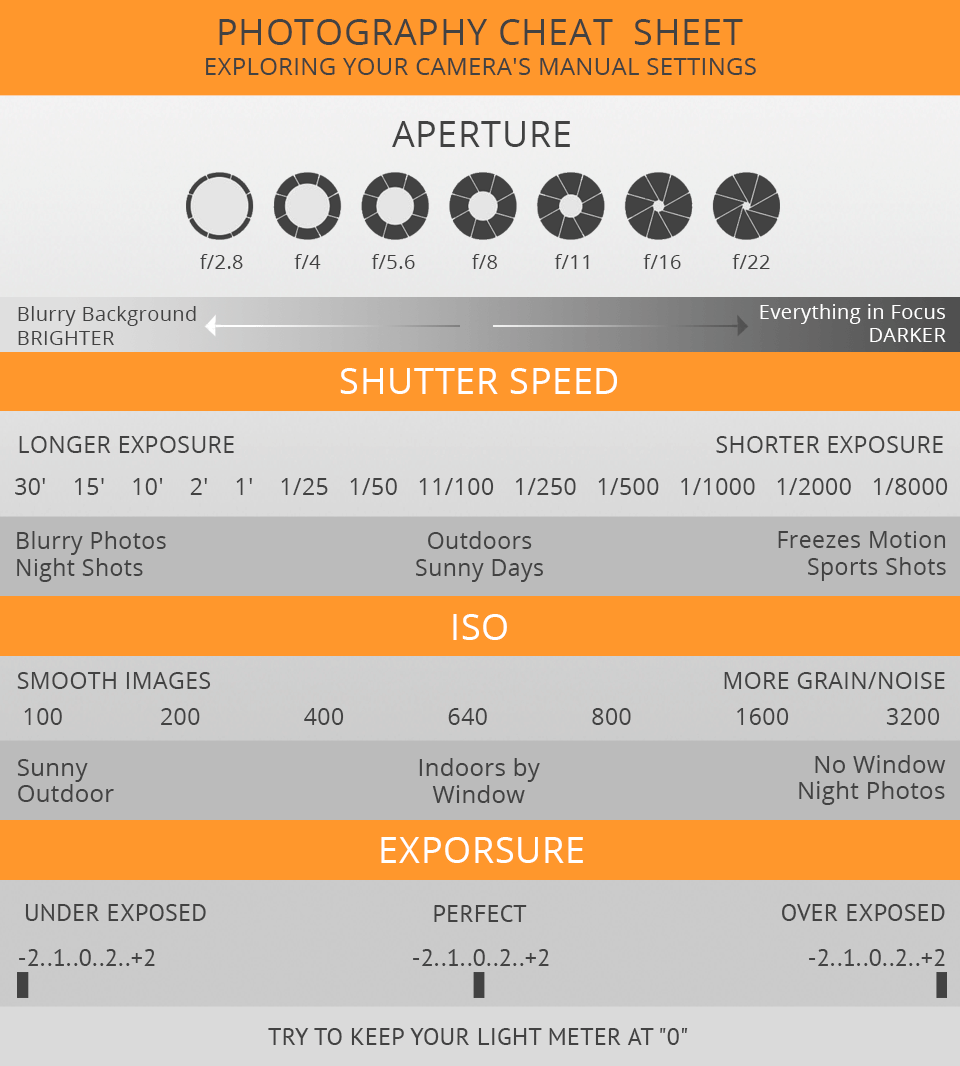Photography Tips For Beginners: Understanding Your Video Camera In No Time
Photography Tips For Beginners: Understanding Your Video Camera In No Time
Blog Article
Short Article Author-Tobin Dalton
When you first pick up your cam, it can feel frustrating with all the settings and alternatives available. You could find yourself asking yourself exactly how to browse aperture, shutter rate, and ISO properly. Understanding these basics is essential, yet there's more to photography than just technical knowledge. Recognizing structure methods and lighting conditions can elevate your pictures drastically. So, what if you could find out straightforward techniques to enhance your abilities and start recording remarkable pictures earlier than you assume? Allow's check out just how to transform your photography journey.
Recognizing Cam Settings
Recognizing your video camera setups is critical for capturing stunning images. When you grab your electronic camera, familiarize yourself with the three main setups: aperture, shutter rate, and ISO. https://squareblogs.net/kasie128jettie/discovering-the-world-via-the-lens-travel-photography-fundamentals plays a vital role in exactly how your photos end up.
Start with aperture, which manages the amount of light getting in the lens. A bigger aperture (reduced f-number) lets in more light and produces a stunning background blur, ideal for portraits. On the other hand, a narrower aperture (greater f-number) maintains even more of the scene in focus, ideal for landscapes.
Next off, concentrate on shutter speed. This setting figures out the length of time your electronic camera's sensing unit is subjected to light. A rapid shutter speed freezes activity, which is excellent for action shots, while a sluggish shutter rate can develop magnificent results like smooth water in landscapes.
Finally, adjust your ISO. This setting influences your cam's sensitivity to light. A higher ISO works in low-light scenarios but can introduce noise or grain. Go for the most affordable ISO possible while still achieving appropriate direct exposure.
Make-up Methods
When you're out shooting, make-up can make all the difference in how your pictures reverberate with audiences. Start by utilizing the policy of thirds; visualize your structure split into nine equal sections with 2 horizontal and two vertical lines. Position key elements along these lines or at their crossways to create balance and rate of interest.
Next off, consider leading lines. These all-natural lines in your scene, like roads or rivers, draw the customer's eye right into the photo, guiding them through the story you're telling.
Don't forget framing; usage components within your scene, like trees or windows, to develop a frame around your topic, including deepness and emphasis.
Additionally, watch on your background. A chaotic history can sidetrack from your primary topic, while a basic one helps it stand out.
Last but not least, trying out symmetry and patterns; they can produce a striking photo that catches attention.
Learning Lights Issues
Mastering illumination problems is essential for catching magnificent photos, as the appropriate light can transform a common scene into something amazing.
Start by observing all-natural light at various times of the day. Mornings and late afternoons supply the most effective light, known as the gold hour. The soft, warm tones throughout these times can improve your pictures magnificently.
https://telegra.ph/Easy-Ways-To-Boost-Your-Picture-Digital-Photography-01-07-3 shy away from overcast days either; diffused light can minimize extreme shadows and produce a pleasing result, particularly for portraits.
Explore backlighting by positioning your subject against the source of light. This method can create a dreamy halo effect and include deepness to your photos.
Take notice of your camera settings too. Change the ISO, aperture, and shutter speed to fit the lights conditions. A higher ISO can help in reduced light, but be cautious of grain.
Use a tripod in darker settings to avoid blur.
Finally, don't forget fabricated illumination. Flash and continuous lights can be excellent tools for regulating light in difficult conditions.
Conclusion
Finally, understanding your electronic camera does not need to be overwhelming. By understanding your setups, applying structure techniques, and using the power of natural light, you'll swiftly boost your photography skills. Remember, hop over to this website makes excellent, so go out there and try out your newfound expertise. With time and commitment, you'll be recording magnificent pictures that mirror your special viewpoint. Take pleasure in the journey, and don't forget to enjoy while you go to it!
